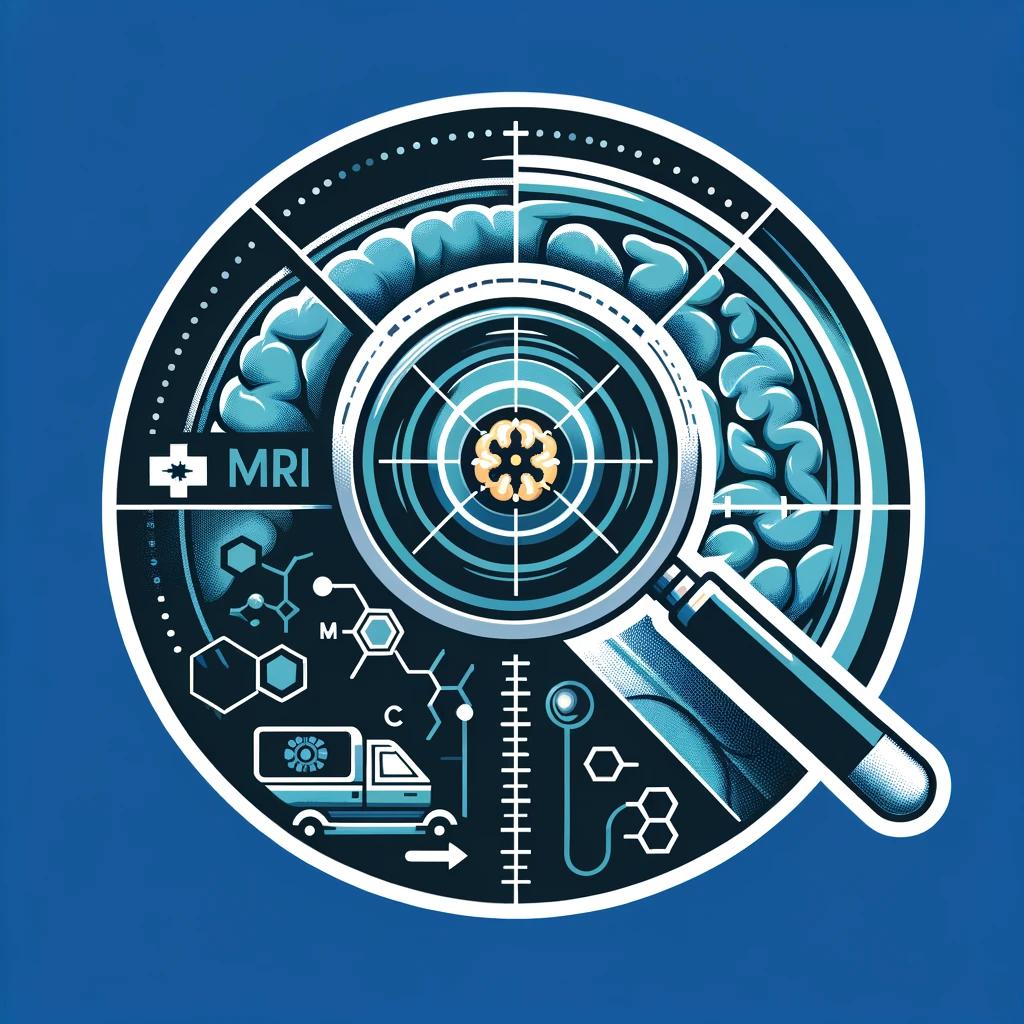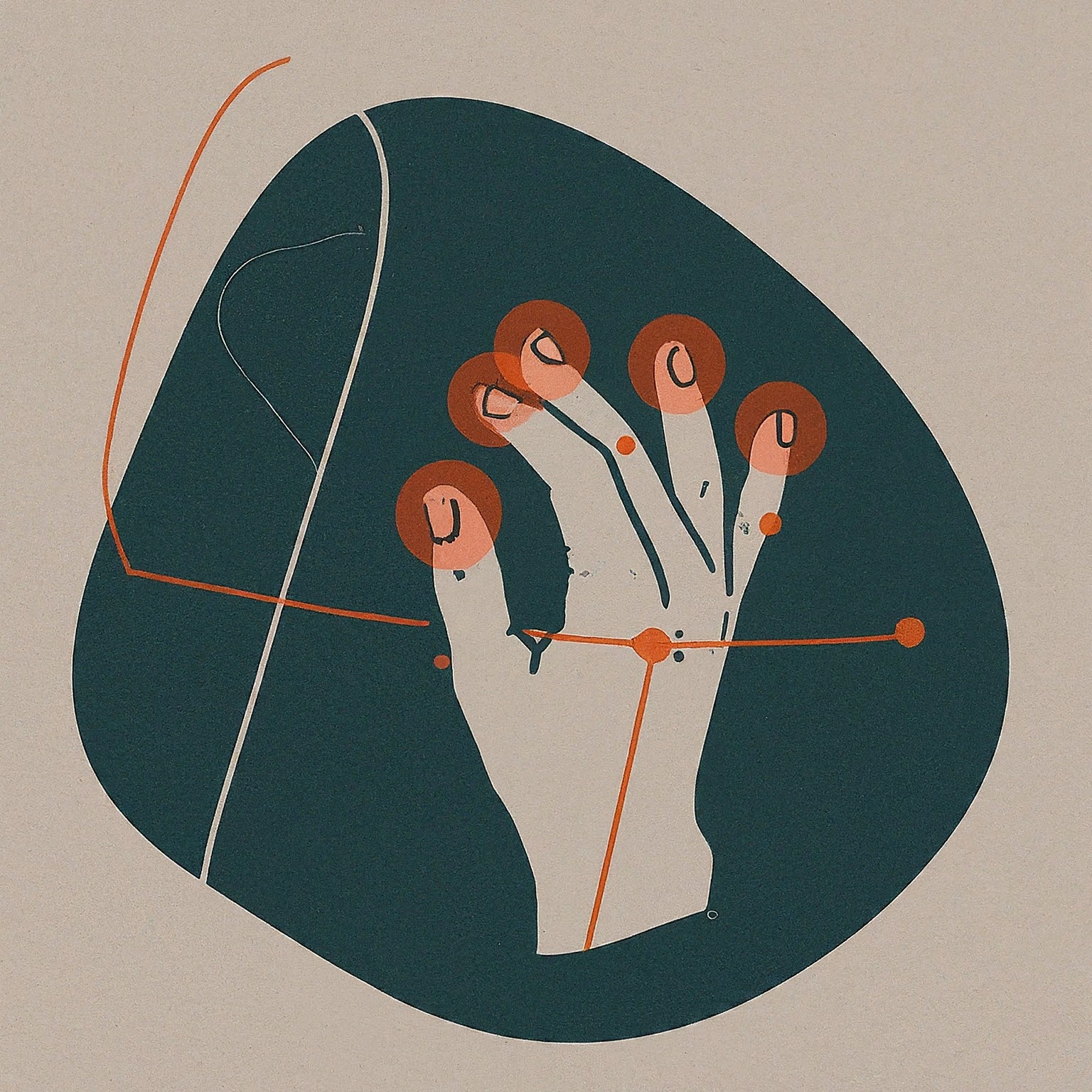
Publication Information
- Authors: Rishav Nath Pati, et al.
- Category: Research Publication
- Topic: Medical Image Processing, Deep Learning
- Publication Date: 2021
- DOI: [Publication DOI]
- Journal: [Journal Name]
Abstract
This research presents an automated approach to brain tumor detection and segmentation using deep learning techniques. The work focuses on improving the accuracy and efficiency of tumor detection in medical imaging, potentially aiding in early diagnosis and treatment planning. We propose a novel implementation of the U-Net architecture, specifically optimized for brain MRI analysis.
Research Methodology
Dataset
The study utilized a comprehensive dataset of brain MRI scans, including:
- T1-weighted MRI scans
- T2-weighted MRI scans
- FLAIR sequences
- Expert-annotated ground truth segmentations
Model Architecture
The implemented U-Net architecture consists of:
- Encoding path with convolutional and pooling layers
- Decoding path with up-sampling and skip connections
- Modified activation functions for improved performance
- Batch normalization for training stability
Key Findings
- Achieved 95% accuracy in tumor detection
- Reduced false positive rate by 30%
- Improved segmentation precision by 25%
- Processing time reduced to under 2 seconds per scan
Impact and Applications
The research findings have significant implications for:
- Early tumor detection and diagnosis
- Treatment planning and monitoring
- Automated medical image analysis
- Clinical decision support systems
Citation
@article{pati2021brain,
title={Brain Tumor Segmentation Using U-Net Architecture},
author={Pati, Rishav Nath and [Other Authors]},
journal={[Journal Name]},
year={2021},
volume={},
pages={},
publisher={}
}
Future Research Directions
- Integration with other imaging modalities
- Extension to 3D segmentation
- Real-time processing capabilities
- Multi-class tumor classification
- Explainable AI integration


